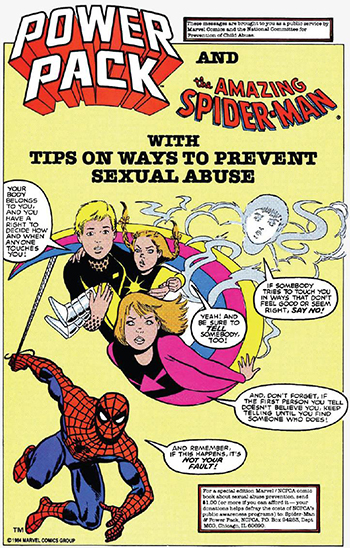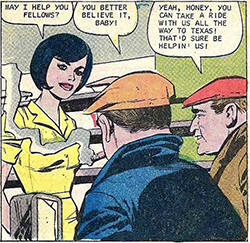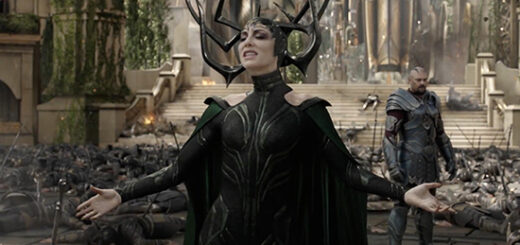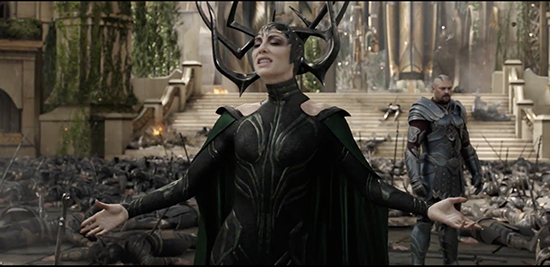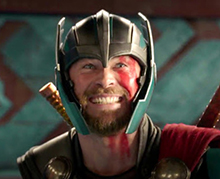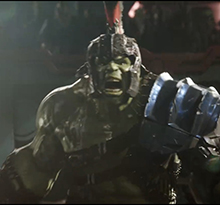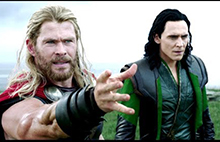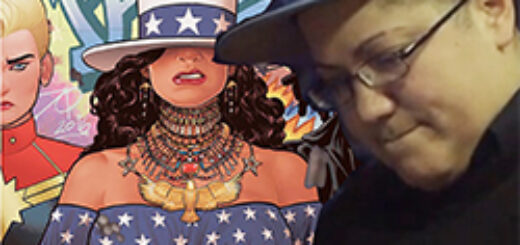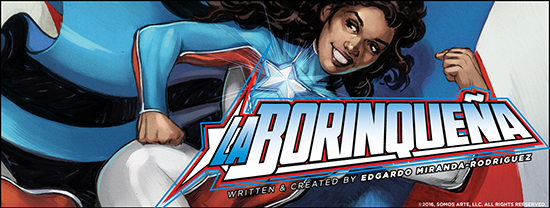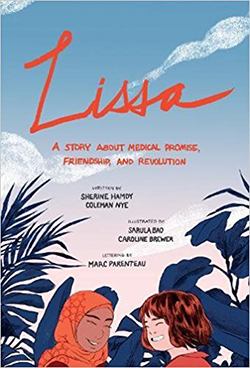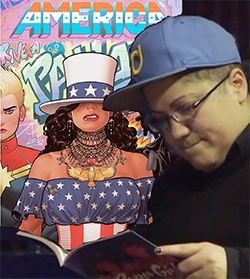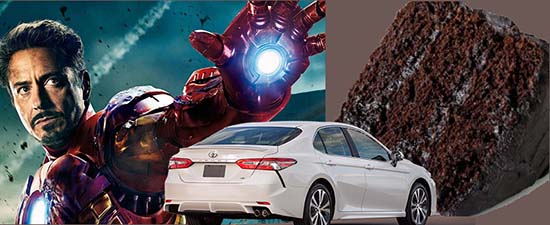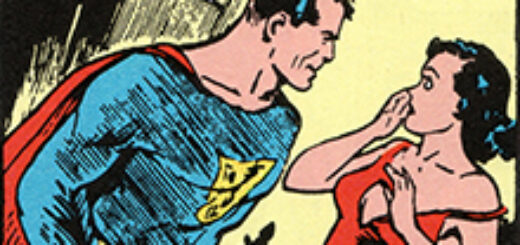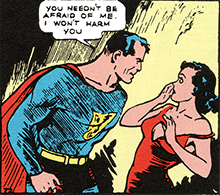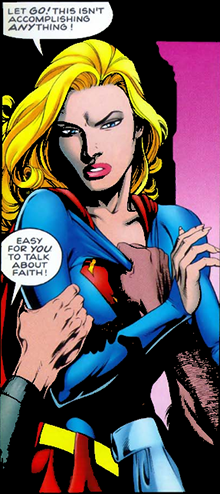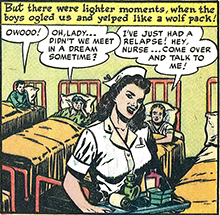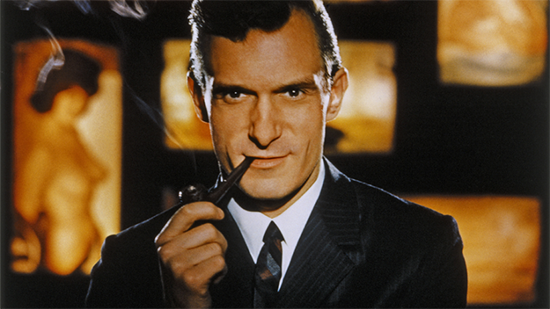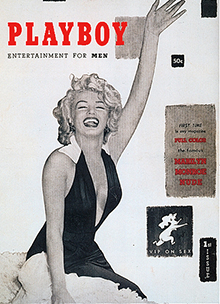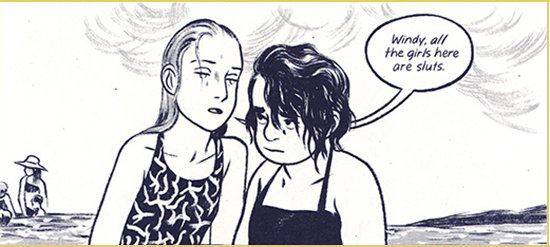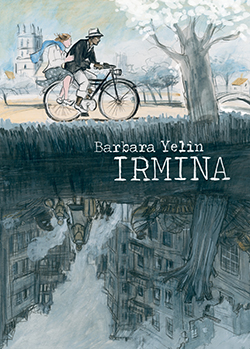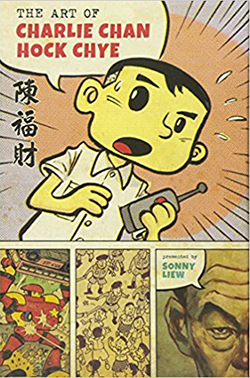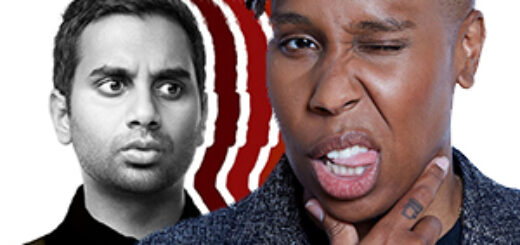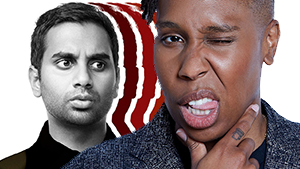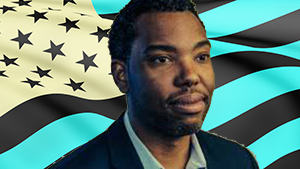Martha Thomases: Shop ‘Till You Drop?

Black Friday is not my thing. It involves a bunch of stuff I don’t like: Getting out of bed when it’s dark out… crowds… pants.
But a lot of people enjoy it, despite my skepticisms, and there are even reasons that explain the brain chemistry of this pleasure. Far be it from me to deny anyone a dose of dopamine.
 Or a present.
Or a present.
If you read the link, you’ll learn that a lot of the fun of Black Friday involves successfully scoring a good deal in a like-minded crowd. I suppose it’s part of our hunter/gatherer DNA. However, nowhere in the study does it say that Black Friday, or even a real bargain, guarantees that the shopper finds the right present for a loved one.
Now, some of my favorite presents have been glaringly bad. My husband once bought me an enormous yellow dress that hit me in the middle of my calf (and nowhere else) so that I looked like a yellow bag of take-out food, and he was so proud of himself for getting something that was (then) stylish that I wore it a bunch.
Still, very few of us set out to select an inappropriate gift. We want our friends and families to love our selections, to love us for knowing them so well,
 Hence, books.
Hence, books.
No one is insulted to get a book. No one curses in the middle of the night when they step on a kids’ book on the way to the bathroom. A book says you, the giver, think of the recipient as someone who is smart and curious.
In this day and age, we need books more than ever. Our society is more polarized than any other time I can recall, and we all have a tendency to listen only to ourselves and not consider other points of view. A good book, fiction or non-fiction, puts the reader into someone else’s head.
Look how little we know about history. I can sneer at people who don’t know the real story because I read a graphic novel written to educate children.
 It’s possible that by the time the gift-giving holidays are upon us, we will have stopped talking about sexual abuse and harassment in the workplace. But until then, there is this. A friend of mine posted this on Facebook, and I wanted to share it: “If you consistently maintain that women are a sort of shiny, bewildering object that is handed out to you when you amass sufficient money or power, one that may eventually be useful as a container for potential humans but otherwise does nothing but emit an irritating buzzing noise whenever its mouth falls open, you don’t have to worry that you will ever face consequences for mistreating one.”
It’s possible that by the time the gift-giving holidays are upon us, we will have stopped talking about sexual abuse and harassment in the workplace. But until then, there is this. A friend of mine posted this on Facebook, and I wanted to share it: “If you consistently maintain that women are a sort of shiny, bewildering object that is handed out to you when you amass sufficient money or power, one that may eventually be useful as a container for potential humans but otherwise does nothing but emit an irritating buzzing noise whenever its mouth falls open, you don’t have to worry that you will ever face consequences for mistreating one.”
That line is from Alexandra Petri, who was a new voice to me. And she’s hilarious.
If you have someone in your life who has a problem understanding that women are human, there are some very entertaining books that might change their minds while they laugh. I happen to like this one a lot. And if you or your friends have limited contact with people from other parts of the world (geographically or sociologically), there are books for that, too.
Have a great weekend, whether you go shopping or not. If you do, think about books as gifts. You can still buy chocolate, sweaters and television sets, but if you get Legos, remember to include slippers, too.


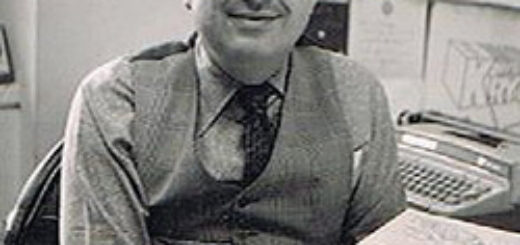
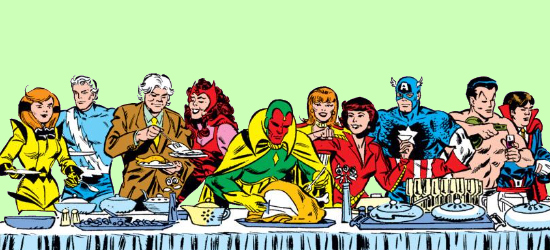
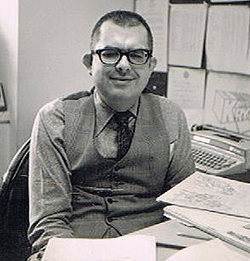 A new generation of superhero supports
A new generation of superhero supports 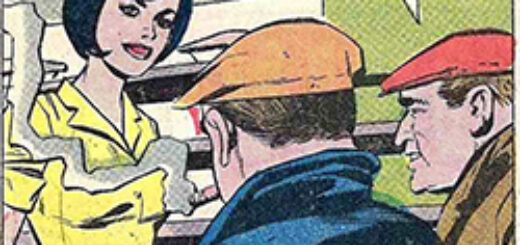
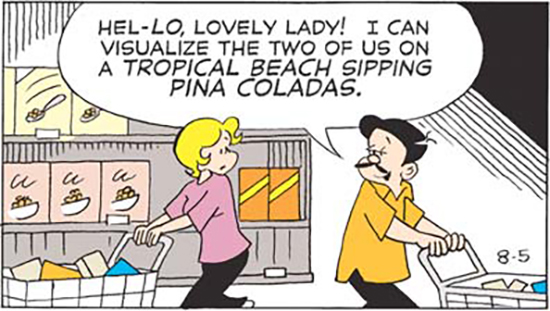
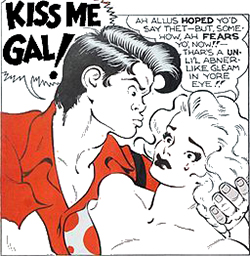 Now even
Now even 